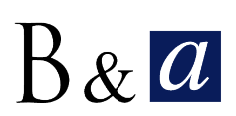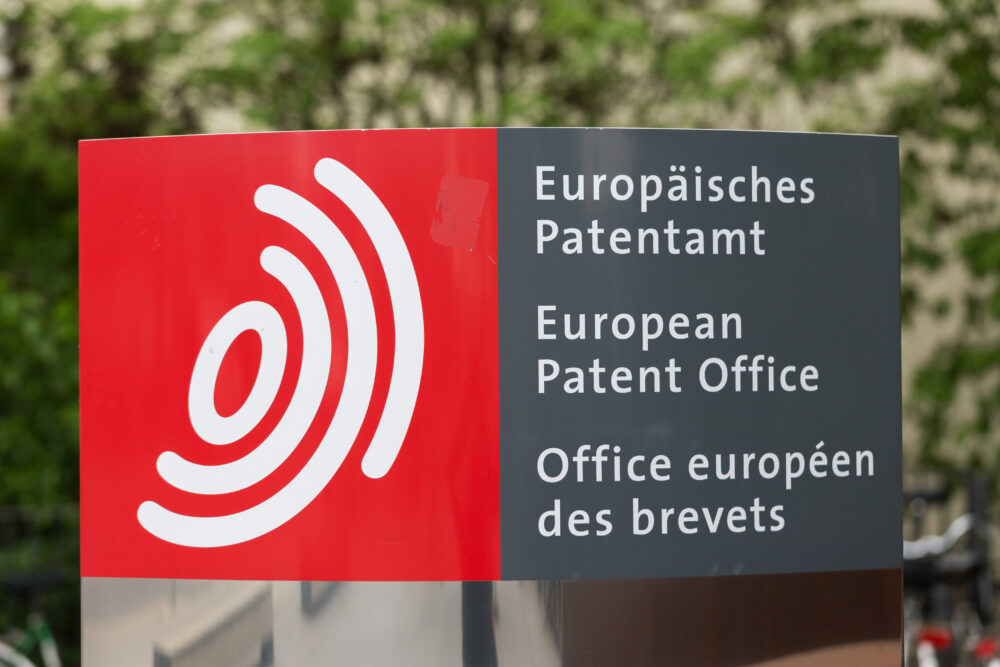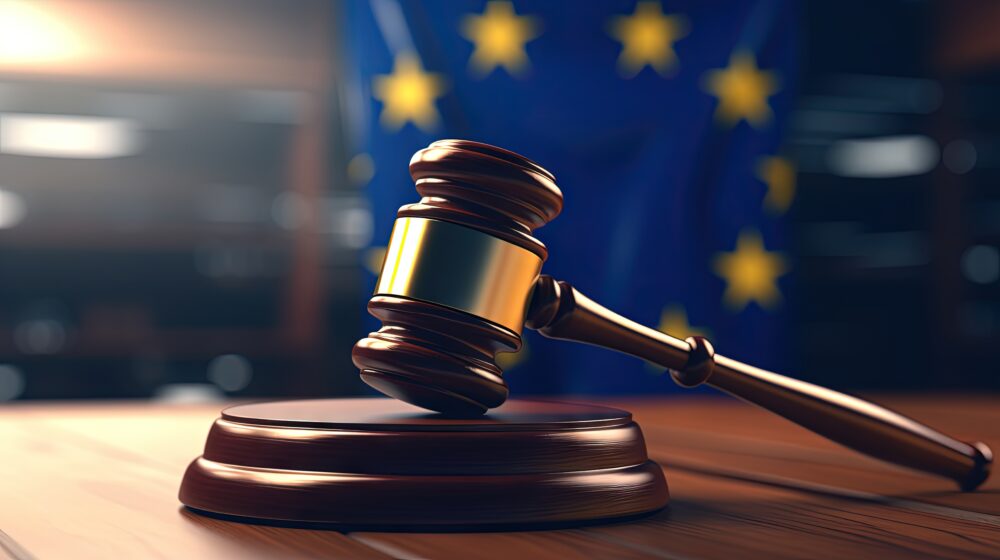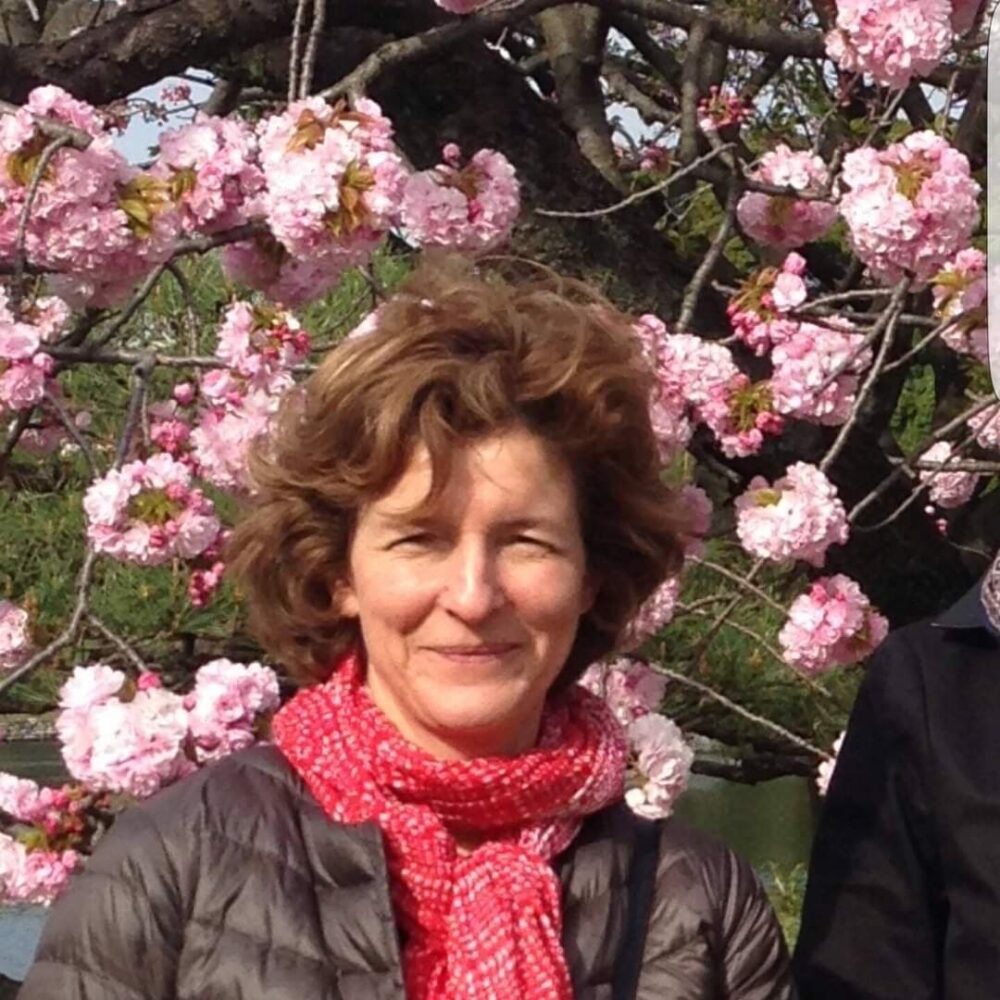Year 2020 was an active year for the Court of Justice of the European Union (CJEU), the judiciary arm of the European Union (EU) that is supposed to avoid inconsistent interpretations of the EU law over the Member States. With two decisions rendered in April and July 2020, the CJEU made some progress in clarifying Regulation EC 469/2009 that governs Supplementary Protection Certificates (SPCs) on medicaments (the “SPC Regulation”).
The Royalty pharma decision addressed the question of how precisely a product must be identified in a patent to be eligible for an SPC extension. The Santen decision was concerned with an SPC submitted for a different therapeutic application of the same product for which an earlier marketing authorization (MA) had been granted.
The Royalty Pharma decision (C-650/17)
The history: European patent 1 084 705, owned by Royalty Pharma, relates to inhibitors of dipeptidyl peptidase IV (DP-IV inhibitors), for use in regulating blood sugar levels. Royalty Pharma applied for an SPC based on the marketing authorization for sitagliptin, that is a DP-IV inhibitor developed after the patent filing date. The SPC was refused by the German patent office under Art. 3a) of the SPC Regulation. The German patent office then referred the case to the CJEU.
According to Art 3a) of the SPC Regulation, “the product must be protected by a basic patent in force”. However what does that the term “protected” mean? This is not as simple as it may look.
The SPC Regulation does not require the patent to specifically claim the product. However whether the product falls into the scope of protection of the patent, e.g. as assessed by “an infringement test”, was not considered sufficient either.
On July 25, 2018, in the Teva/Gilead decision (C-121/17) that was concerned with a combination of active ingredients, the CJEU provided a two pronged-test to determine whether the requirements of Art. 3a) are met:
– the combination of those active ingredients must necessarily, in the light of the description and drawings of that patent, fall under the invention covered by that patent, and
– each of those active ingredients must be specifically identifiable, in the light of all the information disclosed by that patent.
In the Royalty Pharma decision dated on 30 April 2020, the CJEU confirmed that the test provided in the Teva/Gilead decision is applicable to single active ingredients as well.
The CJEU confirmed the view of the German patent office and also provided clues to recognize whether a product is “protected” by the basic patent. In short, the product that falls within the scope of the patent does not have to be “individualized” but must be “identifiable” in the patent, at the patent filing date. In practice, one can already foresee new legal battles as to whether the product is “identifiable” in the patent, especially when biologics are at stake. Conversely, the CJEU ruled that no SPC can be granted for a product covered by the functional definition given in the claims of the patent but which was “developed” after the patent filing date, “after an independent inventive step”. Although the efforts of the CJEU should be recognized, such ruling still open up new uncertainties. What stage of “development” did the judges have in mind? How the “independent inventive step” is to be assessed?
The Santen Decision (C-673/18)
The history: European patent 1 809 237, owned by Santen, relates to oil-in-water ophthalmic emulsions. Santen applied for an SPC based on the marketing authorization for Ikervis®, a ciclosporin eye drop emulsion. The SPC was refused by the French patent office under Art. 3d) of the SPC Regulation in light of existence of an earlier marketing authorization to the medicinal product Sandimmun®, where the active ingredient is also ciclosporin. The French patent office then referred the case to the CJEU.
According to Art. 3d) of the SPC Regulation, the marketing authorization on which the SPC request is based must be the first authorization to place the product on the market.
Art. 3d) was first read in a narrow way: any subsequent marketing authorization (MA) obtained from a product that was already authorized could not support an SPC. In 2012, the CJEU overturned this dogma in the Neurim decision by ruling that “the mere existence of an earlier marketing authorization obtained for a veterinary medicinal product does not preclude the grant of a supplementary protection certificate for a different application of the same product […]”. A Pandora’s box was opened, creating legal uncertainties and raising several questions about the meaning of the term “a different application” to which the Neurim decision referred.
Some answers were given in Abraxis judgement (C-443/17) of March 21, 2019 in which the CJEU ruled that a marketing authorization concerning a new formulation of an authorized product could not be regarded as being the first MA according to Art. 3d).
On July 9, 2020, in the Santen case, the CJEU reversed the Neurim decision and provided a clear and strict interpretation of Art. 3d). The Court confirmed the view of the French patent office which had refused the SPC to Santen, and held that a MA cannot be considered as the first MA within the meaning of Art. 3d) when the MA relates to a new medical use of a known active ingredient (or combination of active ingredients) which has already been the subject matter of a MA for another medical use.
The Santen judgement together with the Abraxis decision seem to close the debate: From now on, a MA concerning a further medical use of an earlier approved product cannot be relied upon as the basis of an SPC for this product.
The Santen decision is not good news for SPC holders, but this is certainly a relief for generic companies who may want to challenge the validity of SPCs that extended the patent protection on the basis of further approved medical uses. The Santen decision is also welcome as a crystal clear decision from the CJEU that, for once, does not raise more questions.
Elodie VERHAEGHE BECT et Béatrice TEZIER HERMAN




